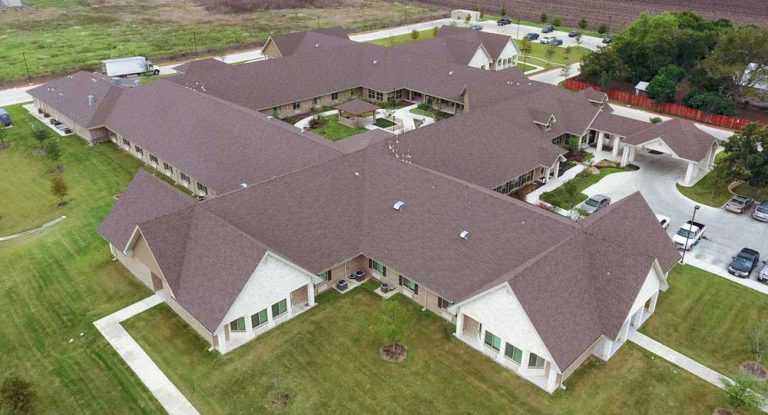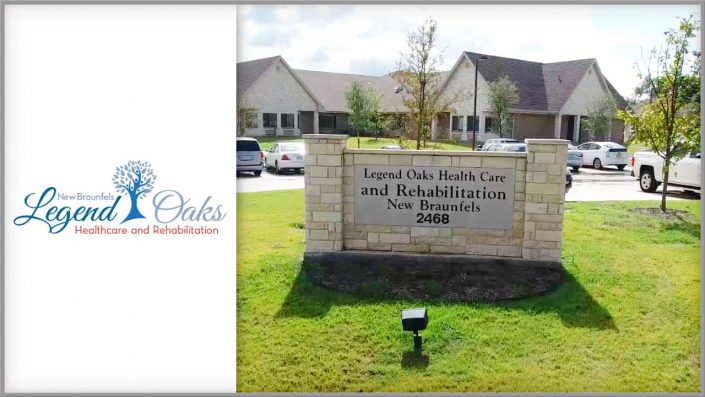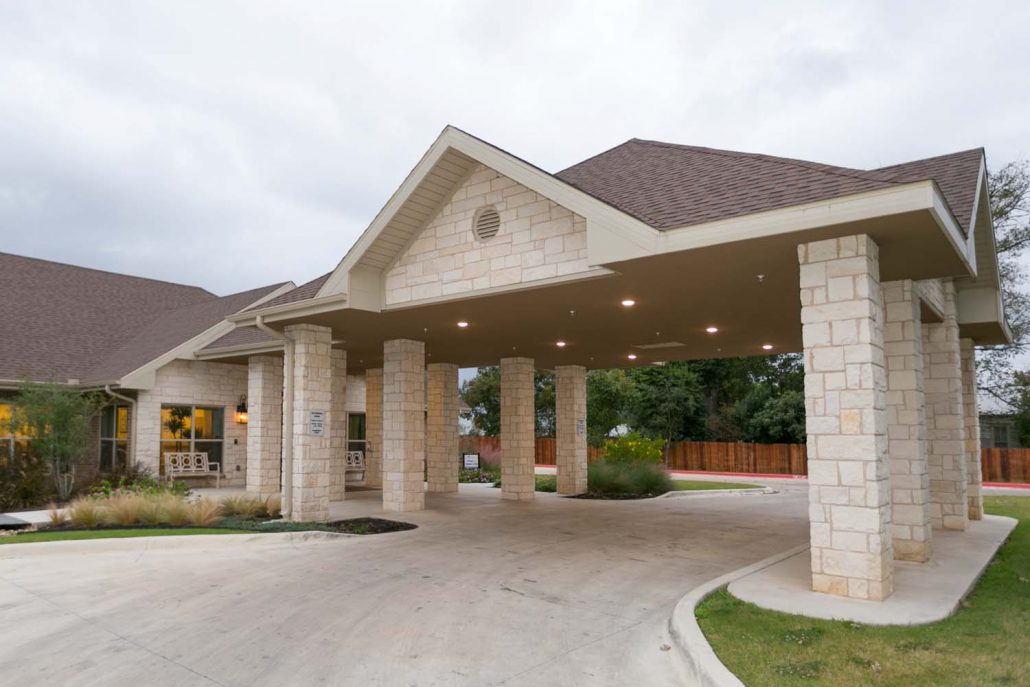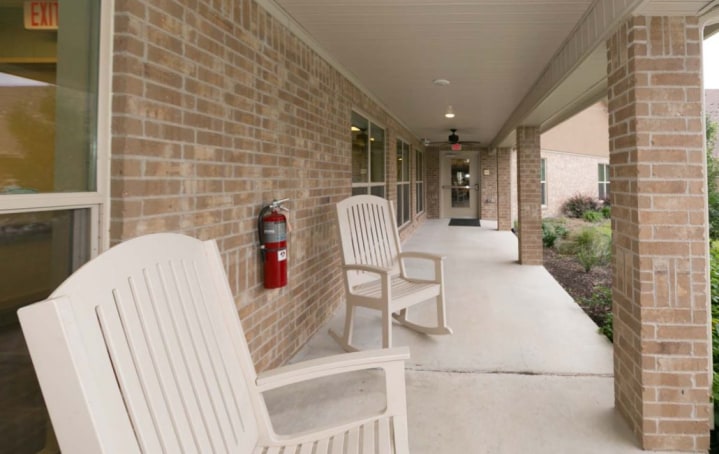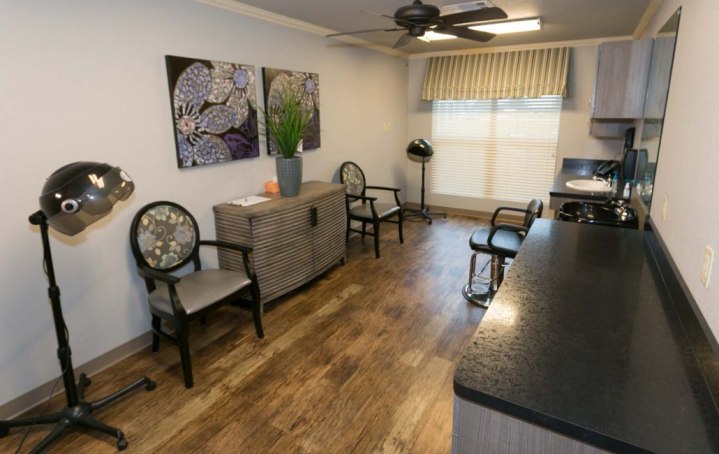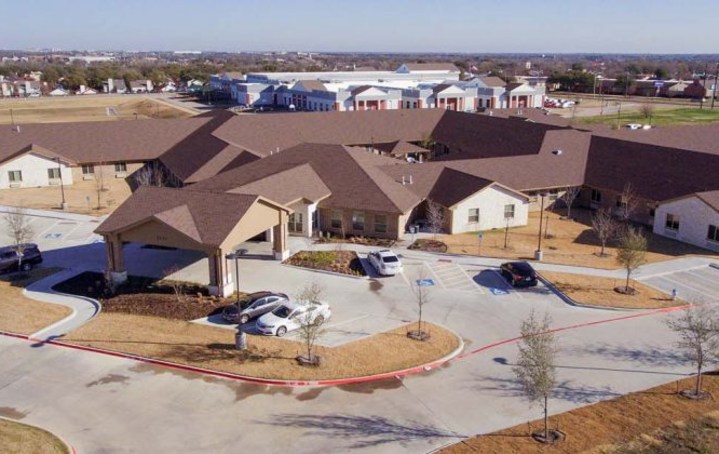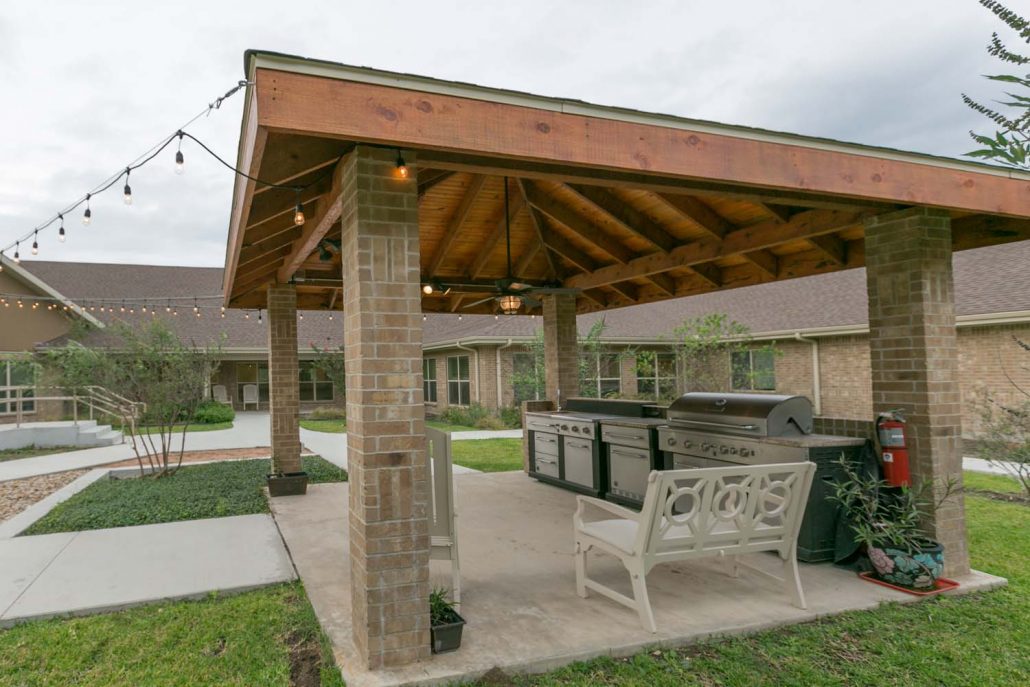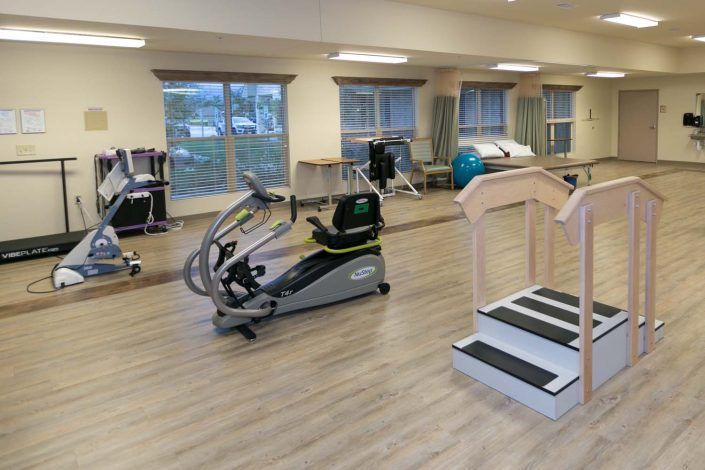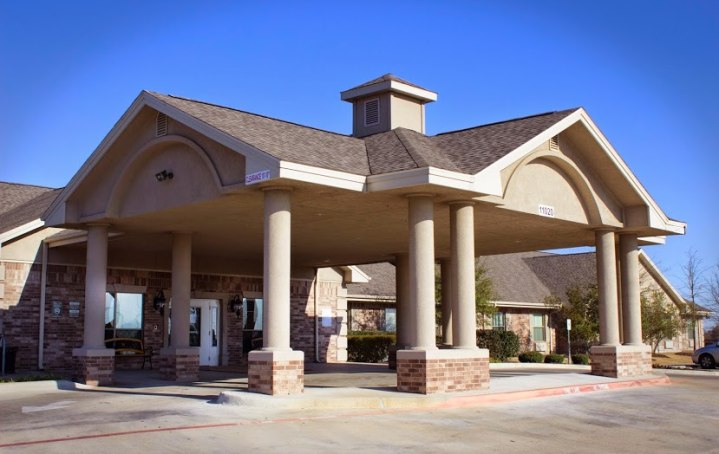Legend Oaks Healthcare And Rehabilitation - New Braunfels
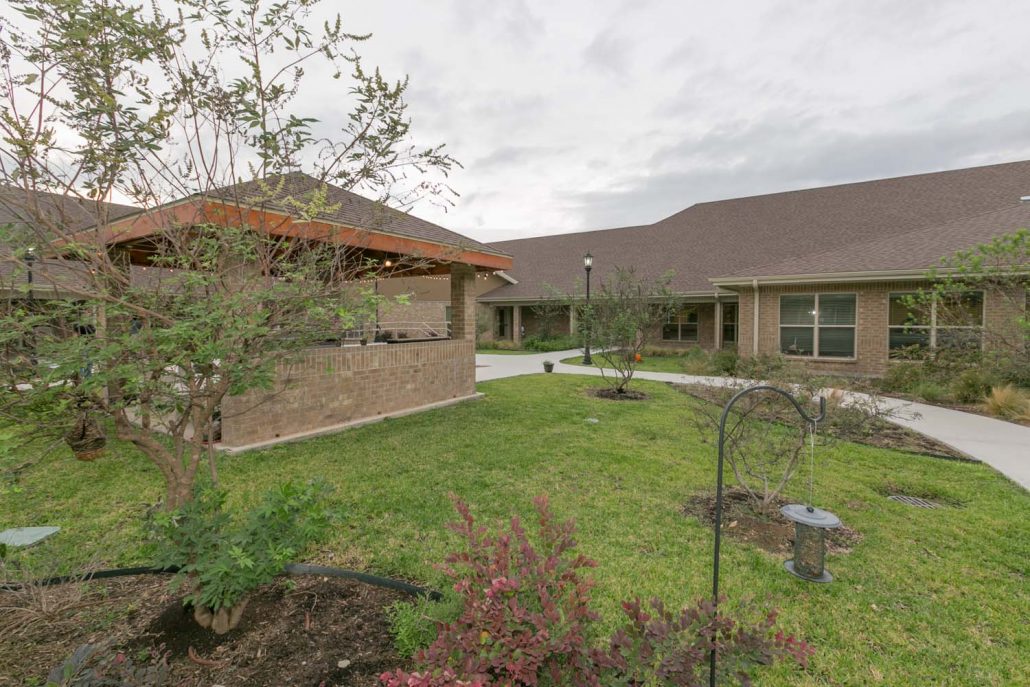
Allegations of substandard care and staffing shortages have cast a shadow over Legend Oaks Healthcare and Rehabilitation - New Braunfels, prompting scrutiny from residents, families, and regulatory bodies. Concerns range from delayed responses to call lights and inadequate assistance with daily living activities to more serious accusations of neglect and potential harm to residents.
At the heart of the controversy surrounding Legend Oaks Healthcare and Rehabilitation - New Braunfels is a multi-faceted problem: persistent understaffing, leading to overworked employees and compromised patient care. This situation, exacerbated by broader industry-wide challenges, has resulted in documented complaints, regulatory investigations, and a growing sense of unease within the New Braunfels community. The facility's ability to address these systemic issues and restore trust among its residents and their families is critical for its long-term viability.
Background and Ownership
Legend Oaks Healthcare and Rehabilitation - New Braunfels is a skilled nursing facility offering both short-term rehabilitation and long-term care services.
Located in New Braunfels, Texas, it is part of a larger network of Legend Oaks facilities across the state, owned and operated by Senior Care Centers, LLC.
Senior Care Centers, LLC, itself, has faced financial difficulties and has been subject to scrutiny regarding its operational practices across its various locations.
Staffing Shortages: A Persistent Problem
Staffing levels at nursing homes are a critical determinant of quality of care.
Numerous studies have shown a direct correlation between adequate staffing ratios and improved resident outcomes, including fewer falls, pressure ulcers, and infections.
Legend Oaks Healthcare and Rehabilitation - New Braunfels has reportedly struggled to maintain consistent staffing levels, particularly with certified nursing assistants (CNAs), who provide the bulk of direct patient care.
According to publicly available data from the Centers for Medicare & Medicaid Services (CMS), Legend Oaks Healthcare and Rehabilitation - New Braunfels's staffing ratings have fluctuated, often falling below state and national averages.
This data includes information on nurse staffing hours per resident per day and provides a benchmark for evaluating staffing adequacy.
The lack of adequate CNAs can translate into longer wait times for residents needing assistance with basic tasks such as toileting, bathing, and eating.
Resident and Family Concerns
The impact of staffing shortages is felt most acutely by the residents and their families.
Online reviews and complaints filed with the Texas Health and Human Services Commission (HHSC) paint a picture of unmet needs and growing frustration.
Common complaints include delayed responses to call lights, inadequate assistance with personal hygiene, medication errors, and a general lack of attentive care.
One family member, speaking anonymously for fear of reprisal against their loved one, stated, "It's heartbreaking to see my mother sitting for hours waiting for help to go to the bathroom. They are clearly understaffed, and the staff that is there is overworked and stressed."
This sentiment is echoed in numerous online forums and complaint platforms, revealing a pattern of concerns.
HHSC investigates these complaints, and findings can lead to citations, fines, and other corrective actions.
Regulatory Oversight and Compliance
Nursing homes are subject to regular inspections and oversight by state and federal agencies.
The HHSC is responsible for licensing and regulating nursing facilities in Texas, ensuring compliance with federal and state regulations.
Legend Oaks Healthcare and Rehabilitation - New Braunfels has undergone numerous inspections, and while specific details of recent inspections may not all be publicly available, any citations for deficiencies are a matter of public record and can be accessed through the HHSC website and the CMS Nursing Home Compare tool.
These inspections cover a wide range of areas, including resident care, safety, sanitation, and administration.
Deficiencies can range from minor infractions to serious violations that pose a risk to resident health and safety.
When deficiencies are identified, the facility is required to submit a plan of correction outlining the steps they will take to address the issues.
Industry-Wide Challenges
It's important to acknowledge that the challenges faced by Legend Oaks Healthcare and Rehabilitation - New Braunfels are not unique to this facility.
The entire long-term care industry is grappling with a shortage of qualified staff, exacerbated by factors such as low wages, demanding working conditions, and an aging population requiring more care.
The COVID-19 pandemic further intensified these challenges, leading to increased burnout and attrition among healthcare workers.
Legend Oaks' Response and Future Outlook
Representatives from Legend Oaks Healthcare and Rehabilitation - New Braunfels have acknowledged the staffing challenges and stated that they are actively working to recruit and retain qualified staff.
They have also emphasized their commitment to providing quality care and addressing the concerns raised by residents and families.
Specific initiatives include offering competitive wages and benefits, implementing employee recognition programs, and enhancing training and development opportunities.
However, overcoming these systemic issues will require a sustained effort and a willingness to invest in both staffing and infrastructure.
The facility's long-term success hinges on its ability to demonstrate a genuine commitment to improving the quality of care and rebuilding trust within the community.
Going forward, transparency and open communication with residents, families, and regulatory agencies will be crucial in ensuring accountability and fostering a positive environment for all.
The future of Legend Oaks Healthcare and Rehabilitation - New Braunfels remains uncertain, but one thing is clear: the well-being of its residents must be the top priority. Only through a comprehensive and sustained effort to address the underlying issues can the facility hope to regain the trust of the community and provide the quality of care that its residents deserve.
